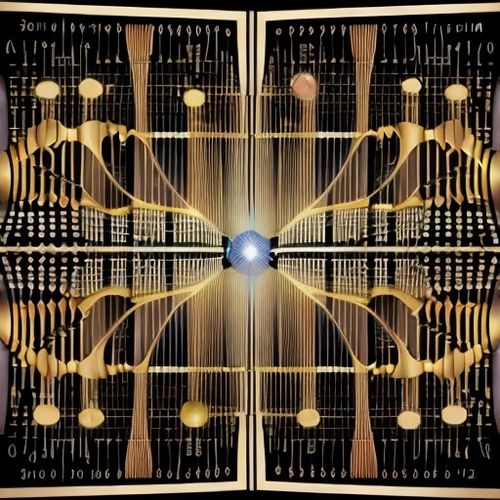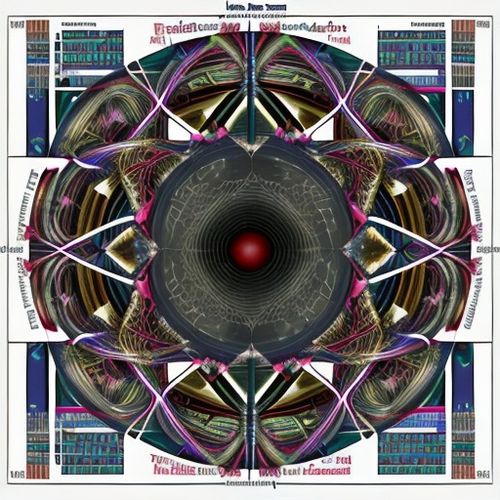The rise of AI-powered music recommendation systems has revolutionized how we discover and consume music. These algorithms, designed to predict and cater to our preferences, have become the backbone of streaming platforms like Spotify, Apple Music, and YouTube. Yet, as these systems grow more sophisticated, an unintended consequence has emerged: the homogenization of listening habits. What was once a tool for exploration has, for many, become a feedback loop that narrows musical horizons rather than expanding them.
At the heart of this issue lies the fundamental way recommendation algorithms operate. By analyzing vast amounts of data—our listening history, skip rates, and even the time of day we play certain songs—these systems create highly personalized profiles. The more we interact with the platform, the more refined these profiles become. The paradox is that while this creates a tailored experience, it also reinforces existing preferences, making it increasingly unlikely that users will encounter music that challenges their tastes.
Musicologists and cultural critics have begun sounding the alarm about this trend. Where radio DJs and record store clerks once served as curators, introducing listeners to unexpected gems, algorithms now prioritize what they calculate will keep us engaged. This often means serving up variations of what we've already liked, creating what some describe as a "musical echo chamber." The result is a flattening of musical diversity, both in individual listening habits and across broader cultural landscapes.
Industry data reveals troubling patterns. A recent study of streaming behavior showed that the average listener's playlist has become significantly less varied over the past five years, with repetition of similar artists and genres increasing by nearly 40%. This isn't just about listeners missing out on new experiences—it has real consequences for artists, particularly those working outside mainstream genres who find it harder to reach potential audiences.
The psychological mechanisms behind this phenomenon are equally concerning. Behavioral scientists note that humans have a natural tendency toward cognitive ease—we prefer what's familiar. Recommendation algorithms, designed to maximize engagement, exploit this tendency by minimizing musical friction. While this might keep us listening longer in the short term, it may be eroding our capacity to appreciate more challenging or unfamiliar music over time.
Some platforms have recognized this issue and introduced features aimed at combating homogenization. Spotify's "Discover Weekly" and "Release Radar" attempt to surface new artists, while others have experimented with "surprise me" functions that deliberately introduce algorithmic wild cards. However, these features often remain secondary to the main recommendation engines, which continue to prioritize content similar to what users already enjoy.
The implications extend beyond individual listening experiences. As recommendation systems dominate music discovery, they influence which artists get promoted, which songs become hits, and ultimately, which types of music get made. There's growing concern that the algorithmic feedback loop could lead to a musical landscape where only certain types of songs—those that perform well in recommendation systems—get created and promoted.
Cultural historians draw parallels to previous moments when technology reshaped music consumption. The rise of radio standardized song lengths to fit programming schedules, just as the CD era favored albums of specific durations. Today's algorithmic pressures may be creating their own set of constraints, favoring tracks with certain sonic qualities or structures that perform well in streaming environments.
Listeners themselves report mixed feelings about this evolution. While many appreciate the convenience of having music tailored to their tastes, others describe feeling stuck in musical ruts. Some have begun consciously resisting algorithmic recommendations, seeking out alternative methods of discovery like independent radio, music blogs, or even returning to physical media to break free from the predictive patterns of streaming platforms.
The solution may lie in rethinking how recommendation systems are designed. Some experts advocate for algorithms that intentionally introduce more randomness or that are optimized for diversity rather than pure engagement metrics. Others suggest giving users more transparent control over how recommendations are generated, allowing them to adjust the balance between familiar favorites and new discoveries.
As the debate continues, one thing becomes clear: the technology that was supposed to open up infinite musical possibilities may be quietly narrowing them instead. In an era where more music is being created and distributed than ever before, the irony is that many of us may be hearing less of its variety. The challenge for platforms, artists, and listeners alike will be finding ways to preserve the joy of discovery in an increasingly algorithmic musical world.

By William Miller/Apr 14, 2025

By George Bailey/Apr 14, 2025

By Noah Bell/Apr 14, 2025

By Victoria Gonzalez/Apr 14, 2025

By Michael Brown/Apr 14, 2025

By Sophia Lewis/Apr 14, 2025

By Sarah Davis/Apr 14, 2025

By Thomas Roberts/Apr 14, 2025

By Sophia Lewis/Apr 14, 2025

By William Miller/Apr 14, 2025

By Benjamin Evans/Apr 14, 2025

By Victoria Gonzalez/Apr 14, 2025

By Joshua Howard/Apr 14, 2025

By Lily Simpson/Apr 14, 2025

By Natalie Campbell/Apr 14, 2025

By Daniel Scott/Apr 14, 2025

By Joshua Howard/Apr 14, 2025

By George Bailey/Apr 14, 2025

By Noah Bell/Apr 14, 2025

By Rebecca Stewart/Apr 14, 2025